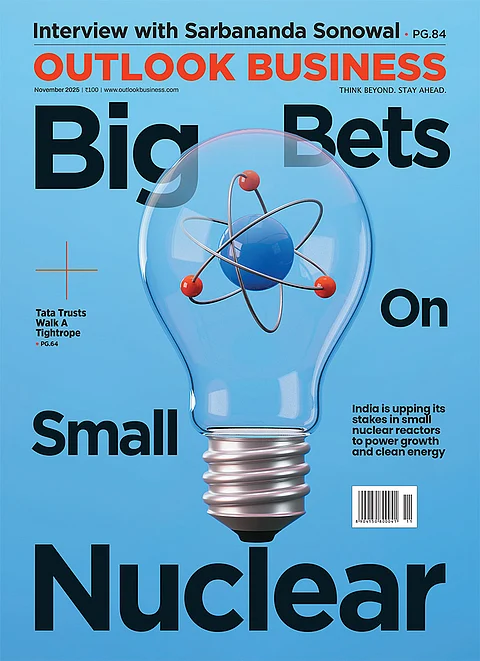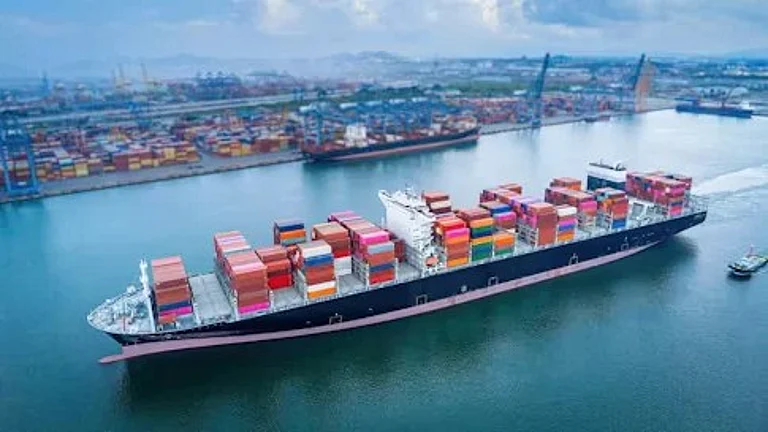The Russia-led Eurasian Economic Union (EAEU), comprising Armenia, Belarus, Kazakhstan, Kyrgyzstan and Russia, was established in 2015 to promote free movement of goods, services, capital and labour among its members. The region presents strategic interest for India due to its location and mineral wealth, offering a market of $2.4trn and a population of 185mn. Russia dominates the region’s [gross domestic product] GDP and trade, accounting for 84.3% of GDP and 79% of exports of the EAEU, followed by Kazakhstan. Notwithstanding 42.1% growth in India’s exports to the EAEU from pre-pandemic levels, the region accounted for a modest share of 1% in India’s global exports in 2023. India’s major exports were machinery, pharmaceuticals, electrical equipment, organic chemicals and iron and steel, among others.
Following the Russia-Ukraine conflict in February 2022 and Western sanctions, India’s merchandise imports from the EAEU surged to $61.8bn in 2023, largely due to discounted crude oil imports from Russia, resulting in a trade deficit of $57.2bn, with Russia emerging as the largest import source for crude oil for the country. Imports from the EAEU made up 9.3% of India’s global imports in 2023 with other major imports being fertilizer and vegetable oil. Notwithstanding a trade surplus with all other EAEU countries except for Russia, India’s share in the EAEU’s global imports was modest at 1.7% in 2023. The widening trade deficit between India and Russia necessitates the need to actively explore a Free Trade Agreement (FTA) between India and EAEU.
Hurdles to Trade
However, owing to the US sanctions, Indian banks have stopped clearing payments for Russian crude oil sold above the price caps set by the West. Russia has established Special Rupee Vostro Accounts in Indian banks as a part of the bilateral trade settlement mechanism initiated by India, with an aim to reduce reliance on the US dollar. However, a widening trade deficit has led to an oversupply of Indian Rupee in Russia’s accounts. Many Indian banks also remain cautious about dealing with entities from Russia, which are sanctioned by the US.
On October 30, 2024, the US State Department and the Treasury’s Office of Foreign Assets Control (OFAC) sanctioned nearly 400 entities and individuals, including 19 Indian companies and two individuals, for allegedly supporting Russia’s military activities in Ukraine. Subsequently, on November 1, 2024, the US Department of Commerce added five Indian firms to its Entity List for diverting US-made goods to Russia’s defence sector. The sanctions, issued under OFAC’s Executive Order 14024, target entities aiding Russia’s destabilising activities. The Indian companies involved were exporting dual-use items, mainly electronic items, including both US-origin and domestically produced goods, to Russian military sectors, increasing scrutiny on Indian exporters. While UAE and Turkish entities were reportedly being used as a conduit to process Russian related payments, the recent stringent actions by the US have resulted in limiting these kinds of settlements.
Therefore, interoperability of financial messaging systems between India and Russia is essential, as the Society for Worldwide Interbank Financial Telecommunication (SWIFT) system remains heavily dominated by the US dollar and other hard currencies.
Facilitating Trade
To address the high trade imbalance, research has identified potential export products for India which observe robust growth and have demand in the EAEU market, such as mobile phones, frozen shrimp, processed food, ceramics, machinery, chemicals, diamonds, steel products, pharmaceuticals, vehicles and auto components, among others.
India's exclusion from the EAEU’s General System of Tariff Preferences in October 2021, which offered a 25% tariff discount on agricultural commodities, has resulted in higher tariffs for Indian exports. India also faces high tariffs on products such as apparel and clothing, iron and steel articles, tools of base metal, vehicles and auto parts, rubber articles and furniture. In contrast, Vietnam, with an existing FTA with the EAEU since 2016, enjoys duty-free access to over 90% of the region’s imports.
Beyond tariff liberalisation, India can achieve higher market access by addressing the non-tariff barriers being faced by Indian exporters in the region, which extends to agricultural products, machinery, electrical equipment, chemical products, base metals and vehicles.
As an initial step in trade facilitation, India and Russia’s customs authorities concluded a Mutual Recognition Agreement for Authorised Economic Operators in May 2024. This agreement provides reciprocal benefits to accredited exporters, facilitating the clearance of goods and aiming to boost bilateral trade. Similarly, mutually recognising quality standards in agricultural and industrial products could further enhance market access for India. Enhancing market access for Indian companies in the EAEU is crucial to raising awareness of Indian products and services. This can be achieved through joint ventures and technological collaborations, particularly in machinery, electrical equipment, medical devices, defense equipment, chemicals, IT, engineering and construction.
Mutual investments in transport and logistics, focusing on trade-related infrastructure and digitalisation, can significantly enhance trade between India and the EAEU countries. In May, India signed a 10-year contract with Iran for developing the Shahid Beheshti Port Terminal in Chabahar showcasing adept diplomacy. Integrating the Chabahar Port with the International North-South Transport Corridor (INSTC), a 7,200km multimodal network facilitating freight movement from Mumbai to Europe via Iran and Russia, has the potential to significantly reduce cost and time of freight transportation, despite challenges like US sanctions on Iran and instability in Afghanistan. India and Russia are also exploring new transport corridors such as the Northern Sea Route and the Eastern Maritime Corridor between Vladivostok and Chennai to expand maritime cooperation.
The EAEU, integral to India’s "extended neighbourhood," holds significant importance in India’s foreign policy and has the potential to emerge as a pivotal trade bloc for boosting India’s exports. Prioritising establishment of a free trade area between India and the EAEU, alongside other trade facilitation measures, would enhance trade and investment and bolster the resilience of India’s exports.
The authors are economists with India Exim Bank. Views are personal.























